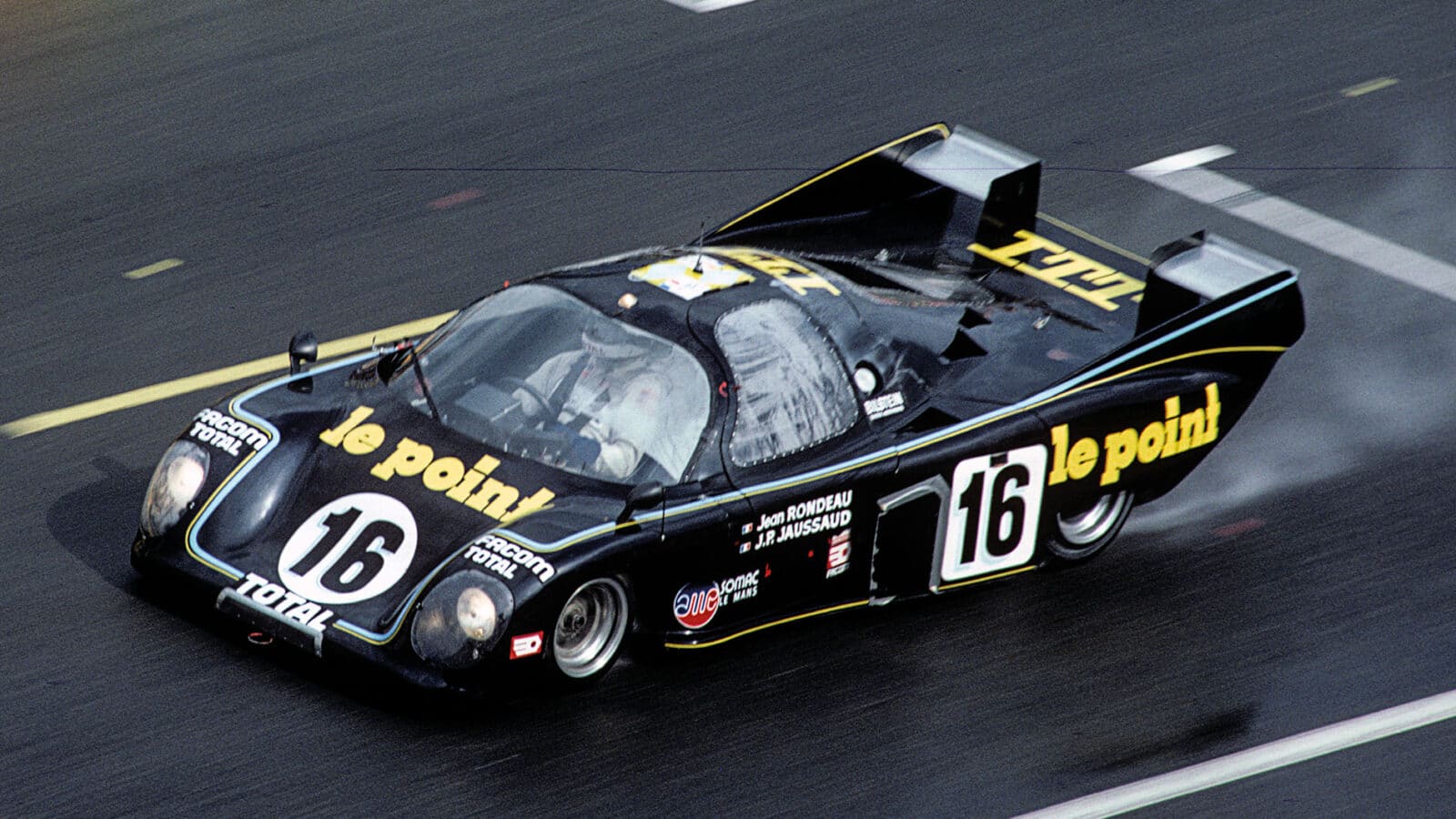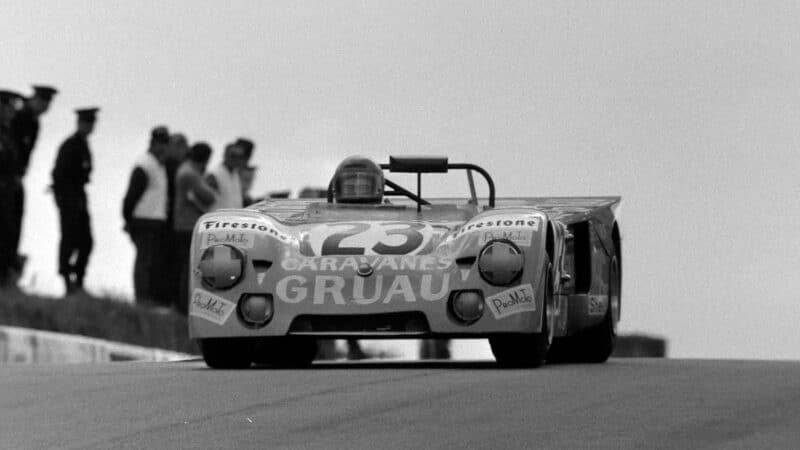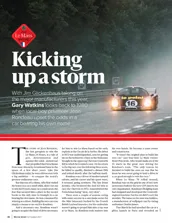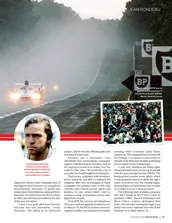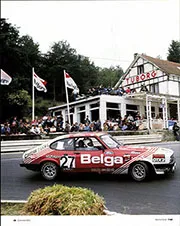“He told me what his project was – to virtually build a car in the race’s backyard, because he lived in Le Mans. He asked if I would be available to help with the testing and development. As an aside he said, ‘Do you think you could help us with the sponsorship?’ I said, ‘No, I’ve never been any good at that…”
However, Elford had recently made a connection with the boss of the Inaltera wallpaper company, who was seeking to get involved with racing. By pure chance, Rondeau had been in the decorating business himself and knew of Inaltera. Vic brought the parties together in September 1975.
“We met in the dining room over the workshop where Jean lived and worked. We started the meeting at 8am and finished it at 8pm, with Jean’s mum doing the sandwiches! Jean was a very pleasant guy, but extremely strong-willed, not afraid to say what he thought. And he was absolutely convinced that he could do it.”
A deal was hammered out; Jean’s car would be called an Inaltera, Elford would be team manager, and French heroes Jean-Pierre Beltoise and Henri Pescarolo would be invited to drive.
Built for the Automobile Club de l’Ouest’s new GTP class, which later begat both FIA Group C and IMSA GTP, the DFV-powered Inaltera appeared at Le Mans in 1976. It was lightning quick on the straights, and Beltoise/Pescarolo survived niggling problems to finish eighth. Rondeau brought his sister car home a much-delayed 21st, sharing with Jean-Pierre Jaussaud and Christine Beckers.

Rondeau came home third in class in 1976 – the Frenchman’s first attempt with his own car
Getty Images
After a trip to Daytona in January 1977, the team made an even bigger impact on its second outing at the Sarthe; Rondeau and Jean Ragnotti finished fourth, while the other entries were 11th and 13th.
However, that was to be the final fling for sponsor Inaltera, thanks to a management shake-up. The cars were sold, and Elford dropped out of the programme. Rondeau, however, was determined as ever to keep the team together and began a new car. He had a close ally in the form of Marjorie Bross, the wife of a local politician, who proved adept at finding sponsors. She received due recognition for her invaluable services when her name was duly incorporated into the type number of the new Rondeau M378.
“He was not very good at finding money, because he wasn’t diplomatic,” says Teissedre. “Everything was arranged by Marjorie.”
Jean and rally ace Bernard Darniche qualified the sole entry only 41st for the 1978 race, but they maintained the tradition of finishing, coming home ninth. Next year the latest M379 was 26sec quicker in qualifying, and Damiche and Jean Ragnotti started sixth. They finished fifth, while the reunited Pescarolo/Beltoise squad took 10th. Rondeau himself posted the first retirement for one of his cars.
